

Articles
How To Store Tawny Port
Modified: October 18, 2024
Learn how to store and preserve Tawny Port in our comprehensive articles. Expert tips and techniques for long-lasting enjoyment.
(Many of the links in this article redirect to a specific reviewed product. Your purchase of these products through affiliate links helps to generate commission for Storables.com, at no extra cost. Learn more)
Introduction
Welcome to the world of Tawny Port, a rich and indulgent fortified wine that delights the senses with its complex flavors and smooth texture. If you’re a fan of this exquisite drink, you understand the importance of proper storage to preserve its quality and taste over time. In this article, we will explore the fundamentals of storing Tawny Port, including the ideal temperature and humidity levels, choosing the right storage location, and avoiding common mistakes that can jeopardize the integrity of this beloved beverage.
But first, let’s understand what exactly Tawny Port is and why it requires specific storage conditions.
Key Takeaways:
- Proper storage of Tawny Port is crucial to maintain its rich flavors and aromas. Factors such as temperature, humidity, and light exposure play a significant role in preserving the wine’s quality and aging potential.
- Choosing the right storage location, containers, and avoiding common storage mistakes are essential for ensuring Tawny Port ages gracefully. Long-term storage requires consistent conditions, careful handling, and periodic sampling to enjoy the wine at its best.
Read more: How To Store Port Wine
What is Tawny Port?
Tawny Port is a type of fortified wine that originates from the Douro Valley in Northern Portugal. It is made from a blend of different wine varieties, predominantly Touriga Nacional, Touriga Franca, Tinto Cão, Tinta Roriz, and Tinta Barroca. The grapes used to produce Tawny Port are typically grown in the hot and dry climate of the Douro Valley, resulting in wines that are full-bodied and high in alcohol content.
Unlike other types of Port wine, Tawny Port undergoes a unique aging process that gives it its distinct characteristics. After the initial fermentation and fortification process, Tawny Port is aged in large oak barrels for an extended period. During this aging process, the wine gradually oxidizes, resulting in its amber or tawny color, as well as the development of complex flavors and aromas.
One of the defining features of Tawny Port is its age indication. Tawny Ports are classified based on the number of years they have been aged in barrels, with designations such as 10-year, 20-year, and even 30-year Tawny Ports. The longer the aging period, the more developed and nuanced the flavors become.
Tawny Port is known for its smooth and silky texture, with flavors that range from nuts and dried fruits to caramel and toffee. It is often enjoyed as a dessert wine, served slightly chilled, and pairs well with a variety of sweet dishes.
Now that we have a better understanding of what Tawny Port is, let’s delve into why proper storage is crucial to maintain its quality and preserve its delightful flavors.
Why is Proper Storage Important?
Proper storage of Tawny Port is vital as it plays a significant role in preserving the wine’s quality, flavor, and overall enjoyment. The aging process of Tawny Port is a delicate art, and any unfavorable storage conditions can lead to undesirable outcomes, such as premature oxidation or flavor degradation.
Oxidation is a natural process that occurs when the wine comes into contact with air. While a controlled amount of oxidation contributes to the development of Tawny Port’s unique flavors, excessive exposure to oxygen can lead to spoilage and loss of quality. Proper storage helps to minimize the wine’s exposure to oxygen, ensuring that it ages gracefully and maintains its desired characteristics.
Temperature stability is another critical factor in preserving Tawny Port. Extreme temperature fluctuations can accelerate the aging process and alter the wine’s flavor profile. High temperatures can cause the wine to oxidize too quickly, leading to a flat and unappealing taste. On the other hand, low temperatures can slow down the aging process to the point where the wine does not develop as intended.
The level of humidity in the storage environment also plays a role in keeping Tawny Port in optimal condition. Insufficient humidity can cause the cork to dry out and shrink, leading to leakage and potential oxidation. Conversely, excessive humidity can promote mold growth, which can contaminate the wine and compromise its quality.
By ensuring proper storage conditions, you can protect your investment in Tawny Port and enjoy its rich flavors and complexities for years to come. In the next section, we will explore the specific factors to consider when storing Tawny Port.
Factors to Consider for Storing Tawny Port
When it comes to storing Tawny Port, several factors should be taken into consideration to maintain its quality and age it gracefully. These factors include temperature, humidity, light exposure, and the storage position.
Temperature: Temperature is perhaps the most crucial factor in storing Tawny Port. Aim to keep the wine in a cool and consistent environment, ideally between 55°F (12.8°C) and 65°F (18.3°C). Avoid extreme temperature fluctuations, as they can damage the wine and accelerate oxidation. High temperatures can cause the wine to spoil, while low temperatures can slow down the aging process and hinder the development of flavors.
Humidity: Proper humidity levels are essential to prevent the cork from drying out or becoming too moist. Aim for a humidity level of around 70% to ensure the cork maintains its elasticity and prevents any air from entering the bottle. This can be achieved by storing the wine in a cellar or wine fridge equipped with humidity controls, or by utilizing humidity-controlling methods such as humidifiers or moisture-absorbing packs.
Light Exposure: Tawny Port, like other wines, is sensitive to light exposure. Ultraviolet (UV) rays can degrade the wine and cause it to develop off-flavors. To protect your Tawny Port, store it in a dark or dimly lit area. If using a wine cellar or cabinet with glass panels, ensure they are UV-resistant or shielded from direct sunlight. If you don’t have a suitable storage location, consider wrapping the bottles in UV-resistant wine sleeves or storing them in boxes to minimize light exposure.
Storage Position: The position in which the Tawny Port is stored can impact how it ages. The traditional method is to store the bottle horizontally, with the wine in contact with the cork. This position helps keep the cork moist and prevents it from drying out. However, if you plan to store the wine for an extended period, storing it upright can minimize the risk of any potential leakage from a compromised cork. Regardless of the position, try to avoid disturbing the bottle too frequently to prevent any unnecessary agitation.
By considering these factors and implementing appropriate storage measures, you can ensure that your Tawny Port ages gracefully and maintains its exquisite flavors and aromas. Up next, we will explore the ideal temperature and humidity levels for storing Tawny Port in more detail.
Ideal Temperature and Humidity Levels
When it comes to storing Tawny Port, maintaining the ideal temperature and humidity levels is crucial for preserving its quality and ensuring proper aging. Let’s take a closer look at the recommended conditions:
Temperature: The optimal storage temperature for Tawny Port falls between 55°F (12.8°C) and 65°F (18.3°C). This range provides a cool and stable environment, allowing the wine to age gracefully without the risk of spoiling. Avoid storing Tawny Port in areas that experience extreme temperatures or temperature fluctuations, such as near heating vents or in a garage, as this can impact the wine’s flavor and overall quality.
Humidity: The ideal humidity level for storing Tawny Port is around 70%. This level helps keep the cork moist and prevents it from drying out or shrinking, which could lead to air exposure and oxidation. Storing Tawny Port in a humid environment can also prevent the buildup of mold or mildew. However, it’s essential to strike a balance, as excessive humidity can promote mold growth. Utilize humidity controls or tools such as a hygrometer to monitor and maintain the proper humidity level in your storage area.
It’s important to note that these ideal temperature and humidity levels apply to long-term storage, especially if you plan to age your Tawny Port for several years. However, if you have recently purchased a bottle and intend to consume it within a few months, slight variations in temperature and humidity will have less impact. As a general rule, aim to store your Tawny Port in the coolest and most consistent environment possible, with humidity levels around 70%, to ensure optimal aging and flavor preservation.
In the next section, we will discuss the importance of selecting the right storage location for your Tawny Port.
Read more: How To Store Opened Port Wine
Choosing the Right Storage Location
Choosing the right storage location for your Tawny Port is crucial to ensure its longevity and overall quality. Here are some factors to consider when selecting where to store your precious bottles:
Cool and Consistent Environment: Look for a storage location that maintains a consistently cool temperature, ideally between 55°F (12.8°C) and 65°F (18.3°C). Avoid areas that experience frequent temperature fluctuations, such as near windows, doors, or heating/cooling vents. If possible, choose a storage space that is naturally cooler, such as a basement, cellar, or dedicated wine fridge.
Away from Light: Light exposure can negatively impact the quality of Tawny Port, so it’s essential to choose a location that minimizes or eliminates exposure to sunlight and artificial light. UV rays can degrade the wine and lead to undesirable flavors. Consider a dark storage space or use UV-resistant wine sleeves or storage boxes to protect the bottles.
Proper Humidity Levels: Tawny Port benefits from a humidity level of around 70%. Look for a storage location that maintains this level or consider utilizing humidity controls, such as a humidifier or moisture-absorbing packs, to regulate the humidity. Avoid areas that are excessively dry or prone to moisture accumulation, as this can damage the cork and compromise the wine’s quality.
Away from Vibrations: Vibrations can disturb Tawny Port during the aging process, potentially negatively impacting its flavor and overall quality. Choose a storage location away from sources of vibration, such as washing machines, heavy foot traffic areas, or appliances that generate significant vibrations.
Stable Environment: It’s important to store Tawny Port in a stable environment, free from significant fluctuations in temperature, humidity, or other factors. Sudden changes can disrupt the aging process and affect the characteristics of the wine. Find a location that maintains a consistent environment to ensure optimal aging and flavor development.
Remember, the storage location you choose should be dedicated to preserving the quality of your Tawny Port. If you don’t have access to a suitable storage location at home, consider investing in a wine storage facility or renting space in a temperature-controlled cellar. The key is to create an environment that provides the ideal conditions for your Tawny Port to age gracefully and reach its full potential.
In the next section, we will discuss the best storage containers for Tawny Port to provide an extra layer of protection.
Store Tawny Port in a cool, dark place, away from direct sunlight and temperature fluctuations. Once opened, reseal tightly and store in the refrigerator for up to 3 weeks.
Best Storage Containers for Tawny Port
When it comes to storing Tawny Port, choosing the right containers is essential to protect the wine from light, temperature fluctuations, and potential damage. Here are some of the best storage containers for preserving your Tawny Port:
Dark Glass Bottles: The most common and traditional container for Tawny Port is a dark glass bottle. Dark-colored glass, such as green or brown, helps to block out harmful UV rays, protecting the wine from light exposure. This is especially important if you plan to store the bottles in a location where they may be exposed to natural or artificial light.
Temperature-Controlled Wine Fridges: For serious wine collectors or those who want precise control over storage conditions, investing in a temperature-controlled wine fridge is highly recommended. These fridges provide a consistent and adjustable temperature range, as well as humidity controls, ensuring optimal aging and flavor preservation. Additionally, some wine fridges come with UV-resistant glass doors to further protect the wine from light exposure.
Wine Cellars or Wine Racks: If you have a dedicated wine cellar or wine storage area, proper wine racks can be an excellent storage solution for Tawny Port. Look for wine racks made of sturdy materials like wood or metal, with individual slots for each bottle to prevent them from moving or shaking. This helps maintain a stable environment while allowing easy access to your Tawny Port collection.
Wine Sleeves or Wine Storage Boxes: If you need to store your Tawny Port in a location where light exposure is a concern, wine sleeves or wine storage boxes can provide an extra layer of protection. These specially designed sleeves or boxes are made from UV-resistant materials and help to shield the bottles from harmful light. They are a cost-effective solution for short-term or temporary storage needs.
Wine Cellar Management Software: While not a physical storage container, wine cellar management software can be a valuable tool for organizing and tracking your Tawny Port collection. These software solutions allow you to input and manage your wine inventory, as well as track storage conditions, tasting notes, and optimal drinking windows. This helps ensure that your Tawny Port is stored in the right place at the right time, maximizing enjoyment.
Remember, regardless of the storage containers you choose, it’s important to maintain the recommended temperature and humidity levels to ensure the proper aging and preservation of your Tawny Port. Taking care to select the appropriate storage containers will help protect your investment and allow you to enjoy the flavors and complexities of your Tawny Port for years to come.
In the next section, we will highlight some common storage mistakes to avoid when storing Tawny Port.
Avoiding Common Storage Mistakes
Proper storage of Tawny Port is essential to maintain its quality and ensure optimal aging. To help you avoid common mistakes that can impact the integrity of your Tawny Port, here are some key points to keep in mind:
1. Incorrect Temperature and Humidity: Failing to maintain the recommended temperature and humidity levels can significantly affect the quality of your Tawny Port. Avoid storing it in areas that are too hot or too cold, as well as locations with high humidity or extreme fluctuations. Invest in a thermometer and hygrometer to monitor and maintain the ideal storage conditions.
2. Exposure to Light: Tawny Port is sensitive to light, particularly UV rays. Avoid storing your bottles in direct sunlight or areas with intense artificial light. Even a short exposure to light can degrade the wine and alter its flavors. Store the bottles in a dark or dimly lit environment or use UV-resistant wine sleeves or storage boxes to protect them.
3. Improper Storage Position: Storing Tawny Port in the wrong position can cause problems. While the traditional method is to store wine bottles horizontally, ensuring the cork remains moist, if you plan to store the wine for a long time, storing it upright can minimize the risk of leakage and potential cork issues. Assess your storage goals and choose the most suitable position accordingly.
4. Inadequate Cellar Organization: If you have a wine cellar or storage area, it’s crucial to keep it organized. Poor organization can make it difficult to access specific bottles and may lead to unnecessary disturbance of the wine. Implement a system—for example, organizing by vintage or aging potential—to ensure a seamless and efficient cellar management process.
5. Neglecting Cork Integrity: The condition of the cork is vital for preserving Tawny Port. Inspect the corks regularly for signs of damage or deterioration, such as mold, cracks, or leakage. Damaged corks can expose the wine to oxygen and result in spoilage. If you notice any issues, consider re-corking or transferring the wine to new bottles with fresh corks.
6. Aggressive Handling: Tawny Port is a delicate wine that can be adversely affected by excessive agitation or shaking. Avoid unnecessary movement or jostling of the bottles, as this can disturb the sediment and disrupt the aging process. Handle the bottles with care and minimize any unnecessary vibrations.
7. Incorrect Serving Temperature: While this may not directly relate to storage, serving Tawny Port at the correct temperature is crucial for optimal enjoyment. Serve it at around 60°F (15.6°C) to experience the full range of aromas and flavors. Improper serving temperature can mask the nuanced characteristics of the wine.
By avoiding these common storage mistakes, you can ensure that your Tawny Port retains its quality and develops the desired flavors and complexities over time. With proper storage techniques, you’ll be able to savor the delights of Tawny Port for years to come.
In the next section, we will provide some tips for long-term storage of Tawny Port.
Tips for Long-Term Storage
If you’re planning to store your Tawny Port for an extended period, here are some helpful tips to ensure its longevity and optimal aging:
1. Invest in Proper Storage Equipment: Consider investing in a temperature-controlled wine fridge or a dedicated wine cellar for long-term storage. These storage options provide the ideal conditions to age your Tawny Port gracefully. They offer precise temperature and humidity controls, minimizing the risk of temperature fluctuations and other environmental factors that can impact the wine’s quality.
2. Maintain Consistent Storage Conditions: Stability is key when it comes to long-term storage. Once you’ve found the ideal storage location and set the desired temperature and humidity, aim to keep the conditions as consistent as possible. Avoid opening the storage unit unnecessarily or exposing the bottles to sudden temperature changes.
3. Regularly Monitor and Record: Keep a record of the conditions in which your Tawny Port is stored. Use a wine cellar management software or maintain a logbook to track details such as temperature, humidity levels, storage position, and any significant observations. This will help you stay in control of the aging process and ensure you’re providing the best conditions for your Tawny Port.
4. Be Mindful of Bottle Movement: Minimize unnecessary movement of the bottles during long-term storage. Vibrations can disturb the sediment and interrupt the aging process, impacting the flavor and texture of the wine. Avoid shaking or agitating the bottles and handle them gently when necessary.
5. Assess the Aging Potential: Before storing Tawny Port for an extended period, consider its aging potential. Tawny Ports with higher age indications, such as 20-year or 30-year designations, are generally better suited for long-term aging. Younger Tawny Ports can still be enjoyed relatively early, so it’s important to evaluate their aging potential based on the producer’s recommendations.
6. Consider Professional Storage: If you’re a serious wine collector or have a large collection of valuable Tawny Port bottles, you may want to consider professional off-site wine storage. These specialized facilities provide optimal storage conditions, security measures, and expert care for your collection. This option ensures that your Tawny Port receives the attention it deserves while freeing up space in your home.
7. Regularly Sample and Enjoy: While the goal of long-term storage is to allow the Tawny Port to mature and develop complex flavors, it’s essential to periodically sample a bottle to track its progression. This will help you determine the optimal time to open and enjoy the wine. Remember, the joy of owning Tawny Port is in savoring it, so don’t forget to enjoy the fruits of your patience and care.
Following these tips for long-term storage will help you preserve the quality and character of your Tawny Port over an extended period. With proper storage conditions and a mindful approach, you’ll be able to enjoy the rewards of aging Tawny Port to perfection.
In the next section, we will address some frequently asked questions about storing Tawny Port.
Read more: How To Store Port Wine After Opening
Frequently Asked Questions
Q: How long can Tawny Port be stored?
A: Tawny Port has excellent aging potential and can be stored for many years, even decades. The longer the aging period, the more complex and developed the flavors become. Tawny Ports with age indications of 20, 30, or even 40 years are prized for their richness and depth.
Q: Can I store Tawny Port upright?
A: While the traditional storage position for wine is horizontal to keep the cork moist, storing Tawny Port upright is acceptable for long-term storage. This position reduces the risk of potential leakage from compromised corks that may occur over time. However, if the wine has a natural cork closure, storing it horizontally can help keep the cork moist, preventing air from entering the bottle.
Q: How can I tell if my Tawny Port has gone bad?
A: Tawny Port is a fortified wine that generally has a longer shelf life than regular red wines. However, if improperly stored or exposed to unfavorable conditions, it can spoil. Signs of a spoiled Tawny Port include a sharp, vinegar-like smell, a flat or unappealing taste, or a brown color with the presence of sediment. If you suspect your Tawny Port has gone bad, it’s best to discard it.
Q: Can I store opened Tawny Port?
A: Yes, you can store opened Tawny Port, but it’s important to consume it within a few weeks to maintain its integrity. After opening, reseal the bottle tightly and store it in a cool, dark place. Consider using a vacuum pump to remove excess air from the bottle, which can help delay oxidation and preserve the flavors to some extent.
Q: Do I need a wine cellar to store Tawny Port?
A: While a wine cellar provides an optimal environment for aging wine, it is not a requirement for storing Tawny Port. With proper temperature and humidity control, you can create suitable storage conditions in other areas of your home, such as a dedicated wine fridge or a cool basement. The key is to maintain stable and consistent conditions to ensure the wine ages gracefully.
Q: Can I drink Tawny Port immediately after purchase?
A: Tawny Port can be enjoyed immediately after purchase, especially if it’s a younger vintage such as a 10-year Tawny Port. However, keep in mind that Tawny Ports generally improve with age, so it’s worth considering holding onto a few bottles to experience the evolution of flavors that occurs over time.
Q: Is it necessary to decant Tawny Port?
A: Decanting Tawny Port is not necessary unless you notice sediment in the bottle. However, decanting can help aerate the wine and enhance its aromas and flavors. If you choose to decant, do so gently to avoid disturbing any sediment that may have formed during the aging process.
These frequently asked questions address some common queries about storing Tawny Port. If you have any additional questions, it’s always recommended to consult with wine experts or professionals to ensure the best practices for your specific collection.
Now, let’s wrap up our discussion on storing Tawny Port.
Conclusion
Proper storage of Tawny Port is essential to preserve its quality, flavors, and aromas over time. By considering factors such as temperature, humidity, light exposure, and storage position, you can ensure that your Tawny Port ages gracefully and reaches its full potential.
Maintaining a cool and consistent storage environment, ideally between 55°F (12.8°C) and 65°F (18.3°C), is crucial for the proper aging of Tawny Port. Additionally, aim for a humidity level around 70% to keep the cork moist and prevent spoilage.
Choosing the right storage location, such as a wine fridge, cellar, or dedicated storage area, can provide the necessary conditions for long-term storage. Dark glass bottles, UV-resistant sleeves, or storage boxes can help protect Tawny Port from harmful light exposure. It’s also important to minimize movement and vibrations, as they can disturb the wine and affect its aging process.
By avoiding common storage mistakes and following proper storage techniques, you can ensure that your Tawny Port ages gracefully and maintains its superb quality for years to come. Remember to periodically sample your Tawny Port to track its progression and enjoy the fruits of your patience and care.
Whether you’re a wine enthusiast or a collector, storing Tawny Port correctly allows you to experience the delightful flavors and complexities that only time can bring. With the right storage conditions, your Tawny Port collection will be a treasure to be savored and celebrated.
Frequently Asked Questions about How To Store Tawny Port
Was this page helpful?
At Storables.com, we guarantee accurate and reliable information. Our content, validated by Expert Board Contributors, is crafted following stringent Editorial Policies. We're committed to providing you with well-researched, expert-backed insights for all your informational needs.

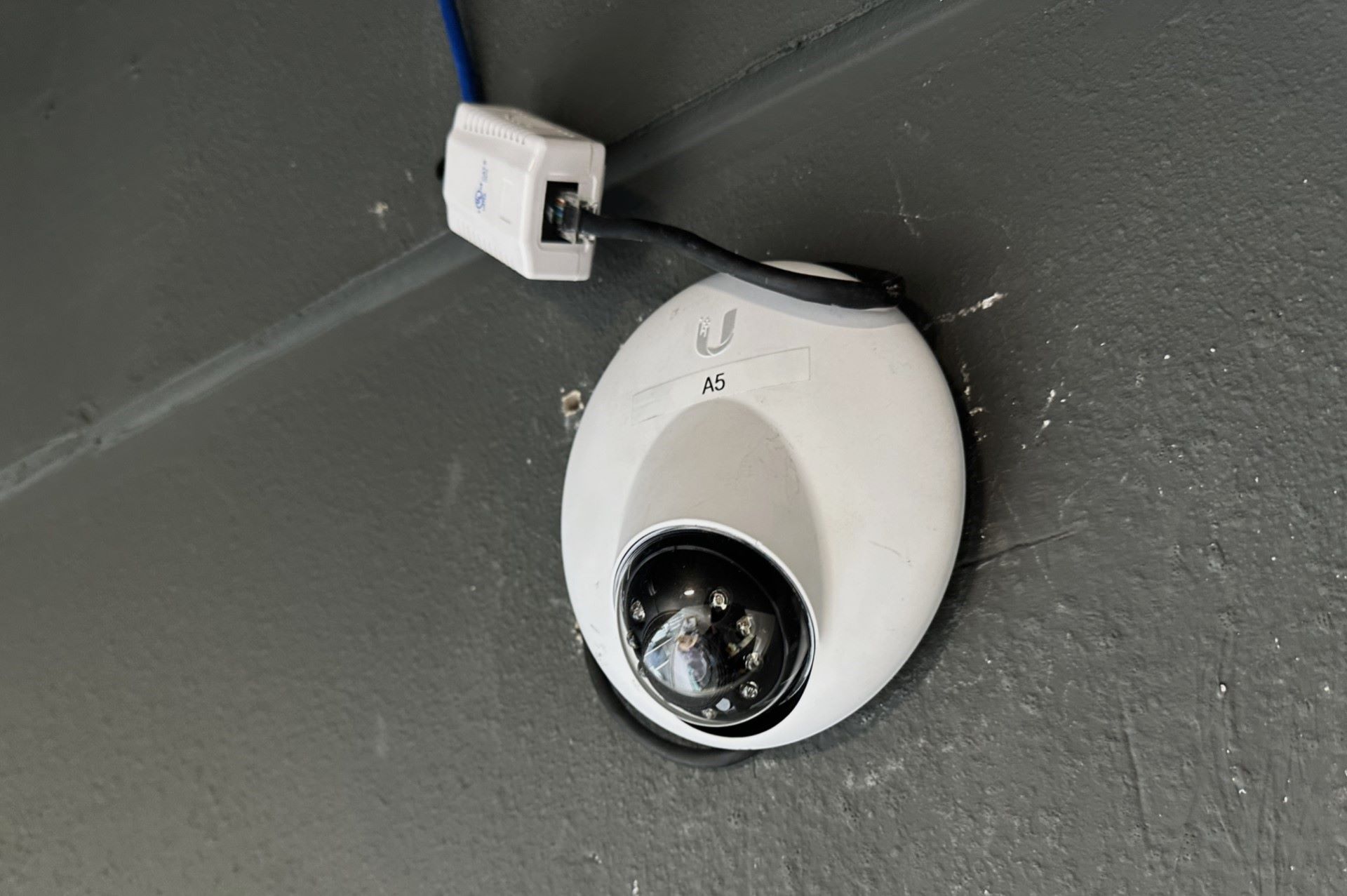

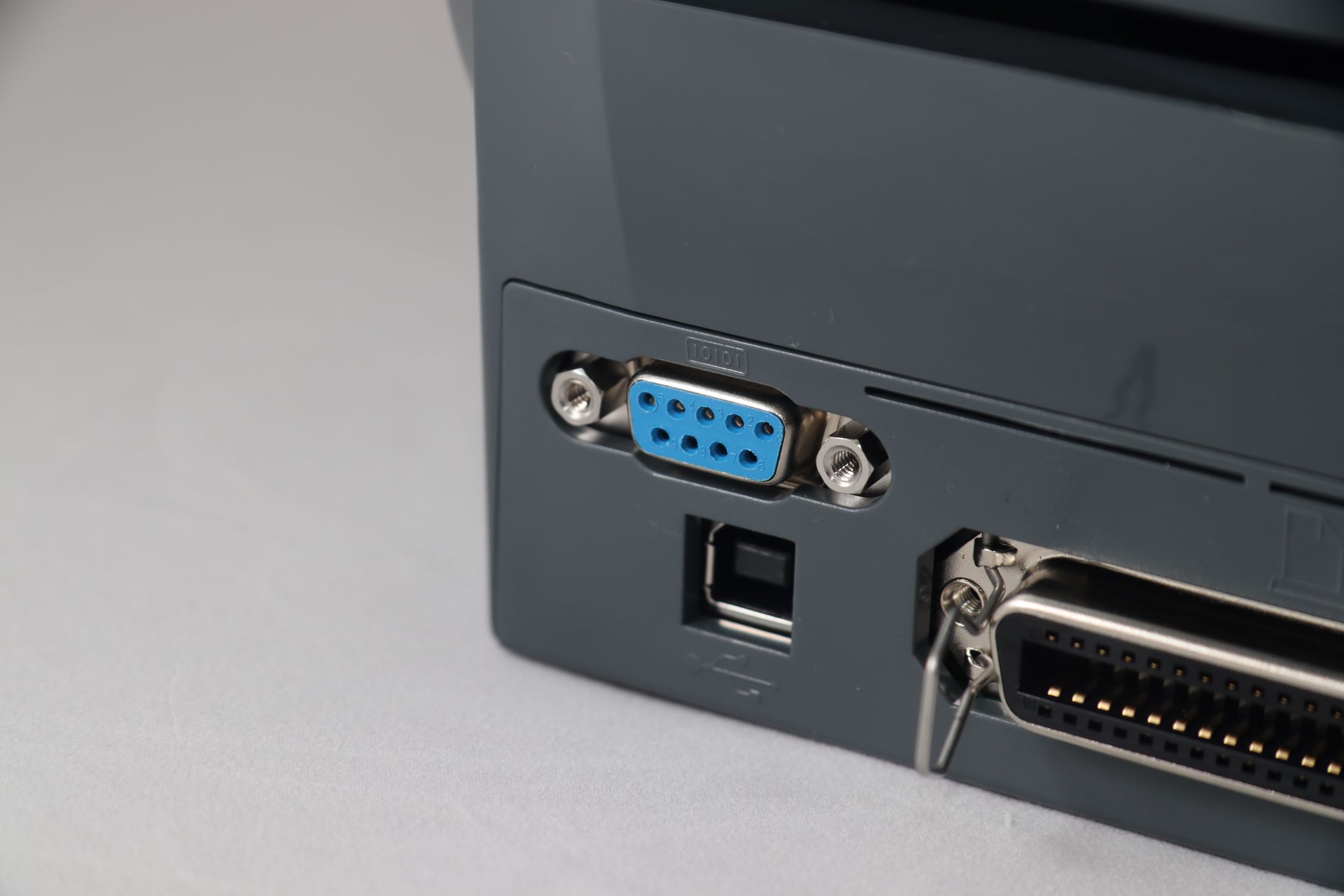

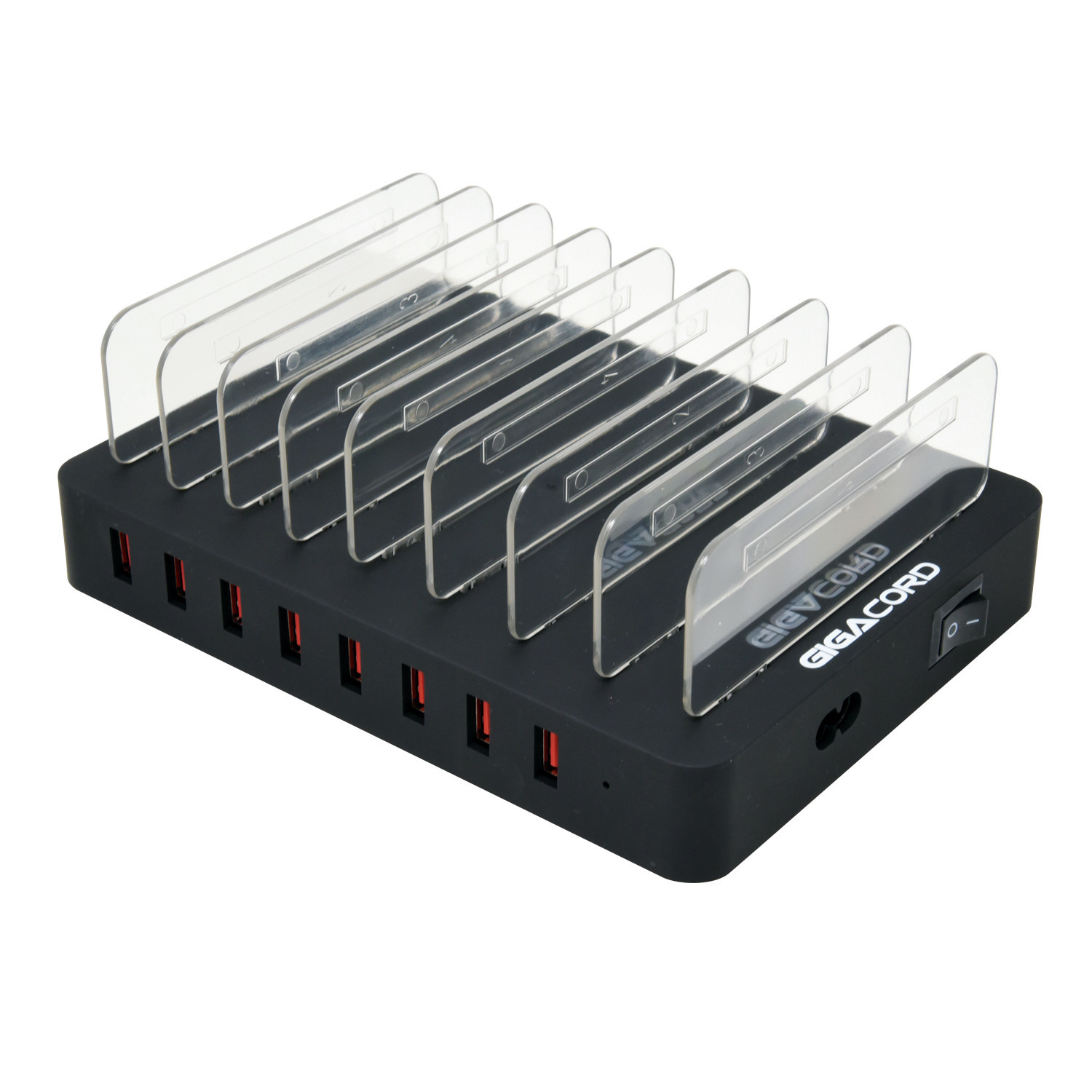
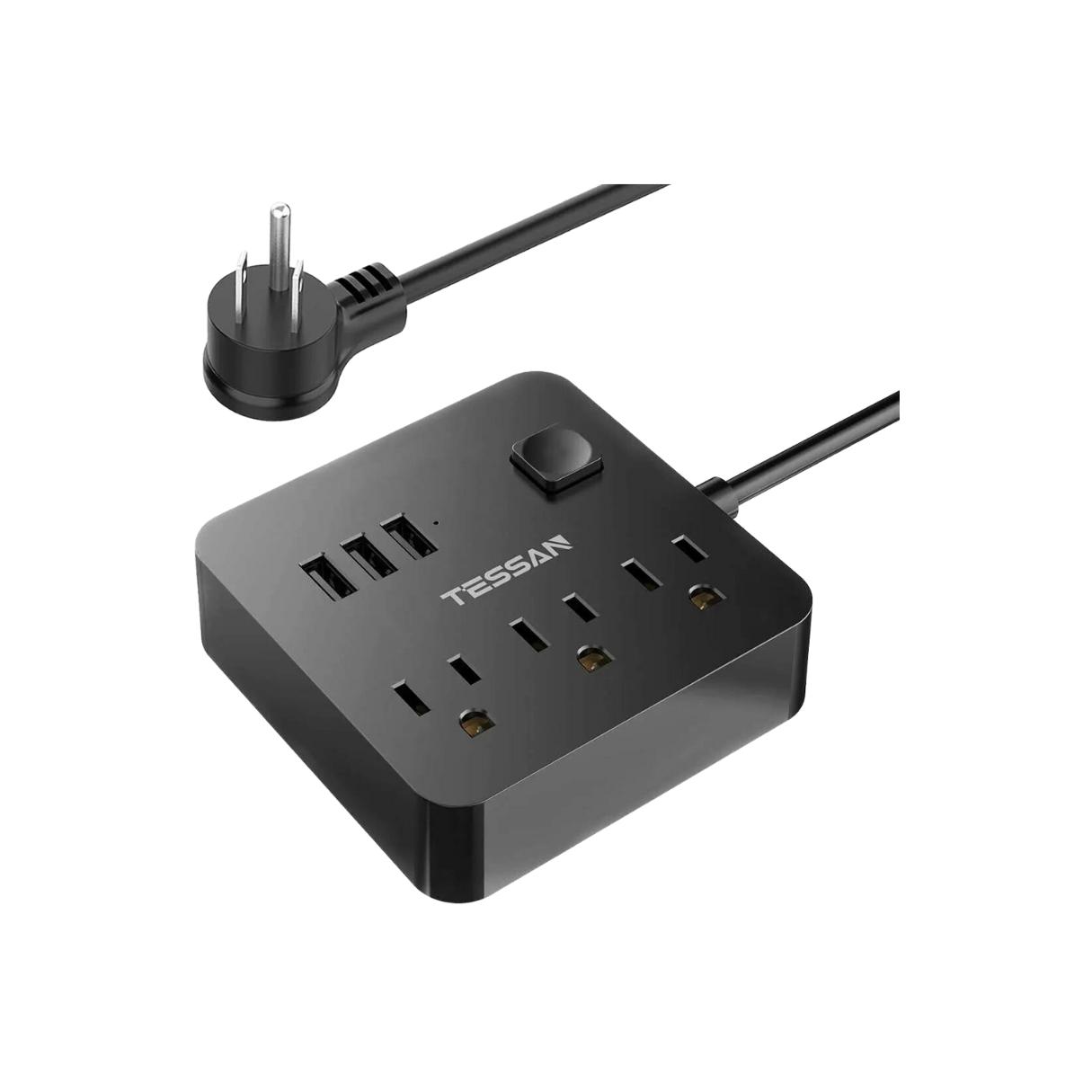




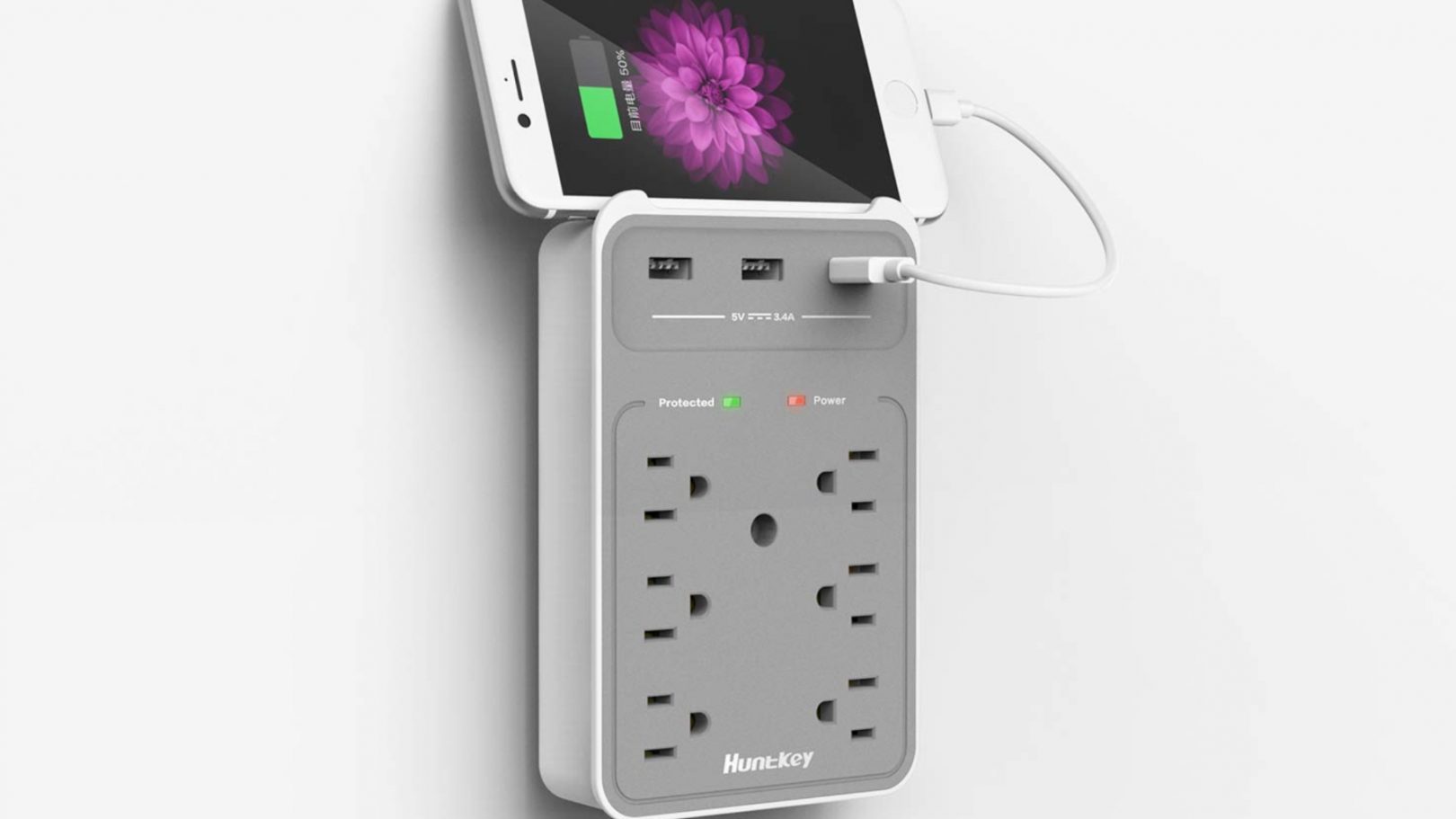


0 thoughts on “How To Store Tawny Port”